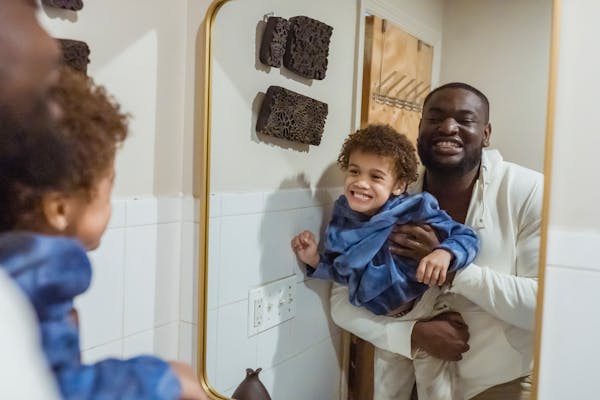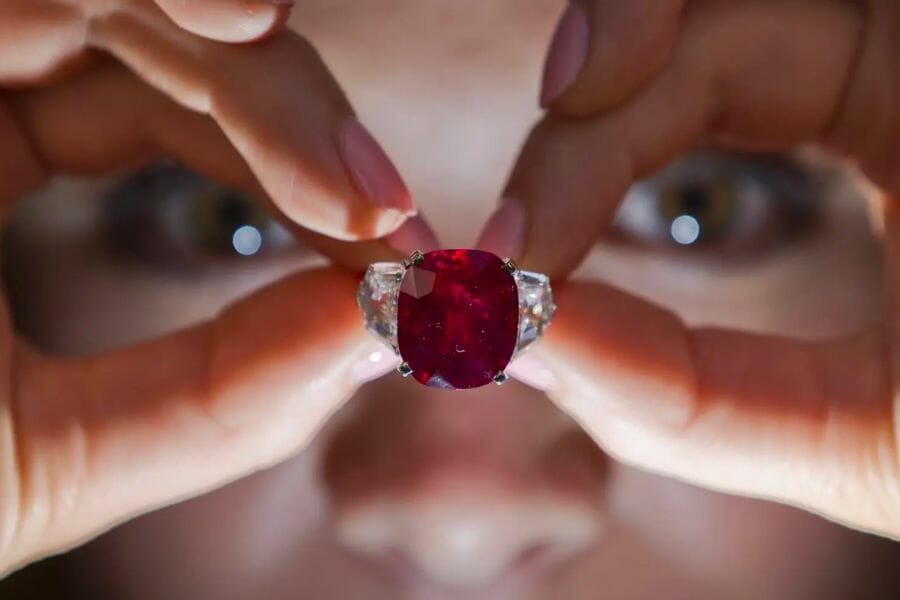Everything You Need to Know About Botox: Cosmetic and Medical Uses
To reduce skin wrinkles and help treat some medical conditions, Botox is a drug that could weaken and paralyze muscles. So, what is botox cosmetic treatment? It is derived from C. botulinum bacteria, which is present in many natural settings like soil, lakes, forests, and the intestinal tracts of mammals and fishes. Is Botox bad for the long term? How long does Botox last in your face? Here is everything you need to know about Botox: cosmetics and medical uses.
Cosmetic Uses
As you may or may not know, the primary use of Botox is to reduce the appearance of facial wrinkles. Botox injections are the most popular cosmetic procedure nationwide, according to the American Board of Cosmetic Surgery.
So, how long does Botox last on your face? It is temporary, only lasting about 3 to 12 months, depending on the type of treatment that you are planning to get.
People usually request getting Botox injection in the following areas of the face:
- “Cobblestone: skin on the chin
- Wrinkles between the eyebrows, called frown lines, glabellar lines, or elevens
- Lines at the corners of the mouth
- Wrinkles around the eyes, known as the crow’s feet
- Horizontal creases in the forehead
People often wonder if Botox could help with the dark circles under your eyes, but research has not proved that yet and the FDA has only approved the injections for use around the eyes and on the forehead. There is little evidence of Botox working on improving the appearance of their hair, but there are some people who use Botox for that.
Medical Uses
Unless otherwise specified, the approval is for use in people 18 or older:
- A neurological movement disorder called cervical dystonia that affects the head and causes neck pain
- Upper limb spasticity, in anyone older than 2 years
- Eyelid spasm, or blepharospasm, due to dystonia
- Crossed eyes, or strabismus, in those older than 12 years
- Reducing symptoms of an overactive bladder because of a neurological condition if anticholinergic medications do not help
- Severe underarm sweating, or hyperhidrosis
- Preventing migraine in people whose migraine headaches last at least 4 hours or 15 or more days per month
Some people also have Botox injection for off-label, or unapproved, uses including as treatments for:
- Achalasia, an issue with the throat that makes swallowing difficult
- Alopecia
- Raynaud’s disease, which affects circulation
- Sialorrhea, which involves producing too much saliva
- Vulvodynia, pain, and discomfort in the vagina without a clear cause
- Psoriasis
- Post-herpetic neuralgia
- Dyshidrotic eczema, which affects the palms of the hands and soles of the feet
- Anismus, a dysfunction of the anal muscle
Other conditions may benefit from off-label Botox that has existing evidence with other issues and medical conditions:
- Keloids and scars from wound healing
- Hidradenitis suppurativa, an inflammatory skin disease
- Facial redness and flushing, including during menopause
- Blistering lesions due to Hailey-Hailey disease, a rare genetic disorder
Is Botox treatment good for skin?
Botox treatment could reduce skin wrinkles and help treat some medical conditions. It is made from Botulinum toxin, the same toxin that causes botulism. As you could see from where it is made from, it is a toxin, but it can have a ton of benefits when doctors use it correctly and in small doses.
What are the 3 areas for Botox?
3 key areas of the upper face have Botox injection patterns:
1. Crow’s Feet
Usually, they inject botox around the eyes, this targets the lines that are referred to as crow’s feet (and some people might even call them the smile lines). The muscles around your eyes, known as the orbicularis oculi, contract when you smile. This large muscle is responsible for the fine lines around the eye area that may appear with age.
They put three injection points around the edge of the eye laterally that would help the muscle relax and could soften any lines.
2. Forehead
They inject Botox on the forehead to soften the horizontal wrinkles that you may or may not have on this area. This is made up of broad muscle that lifts the eyebrows when it contracts and causes the fine lines across a person’s forehead called the frontalis.
When you get Botox injections on this part of your face, the typical injection pattern consists of five strategically placed points across the forehead, but if you have a larger forehead, you may need another row of lines.
3. The Glabella
These are most commonly known as frown lines that contain a group of muscles that contract when a person furrows their eyebrows. Over time, this contraction could cause the vertical lines referred to as frown lines.
For this, you are going to need five injection points for this treatment.
There are a ton of cosmetic and medical uses for Botox, not only can it reduce the appearance of wrinkles, but it could also help treat certain disorders that are usually related to the nervous and muscular systems. It is a good idea to speak to a healthcare provider about the risks, costs, and other considerations if you want to try Botox.





